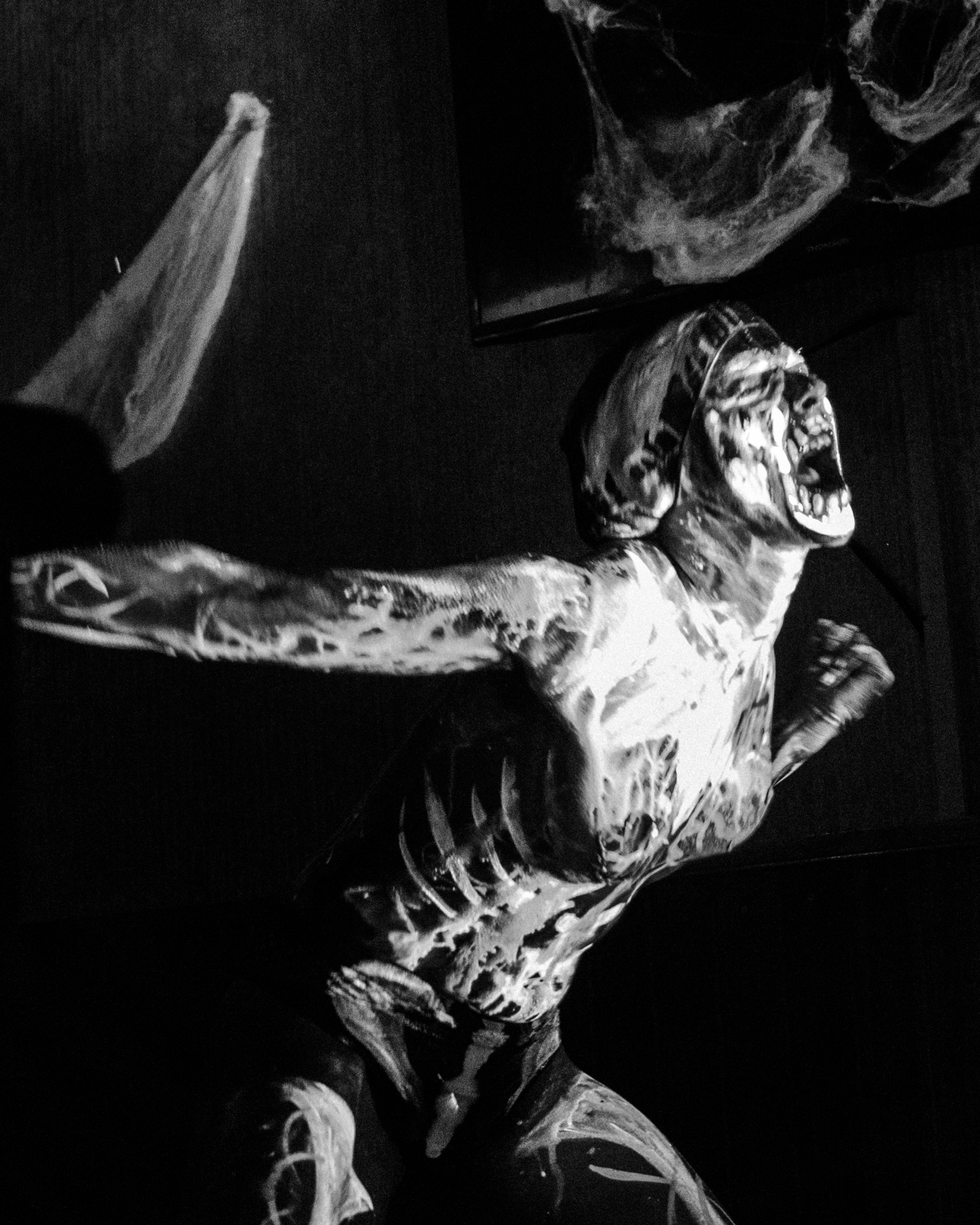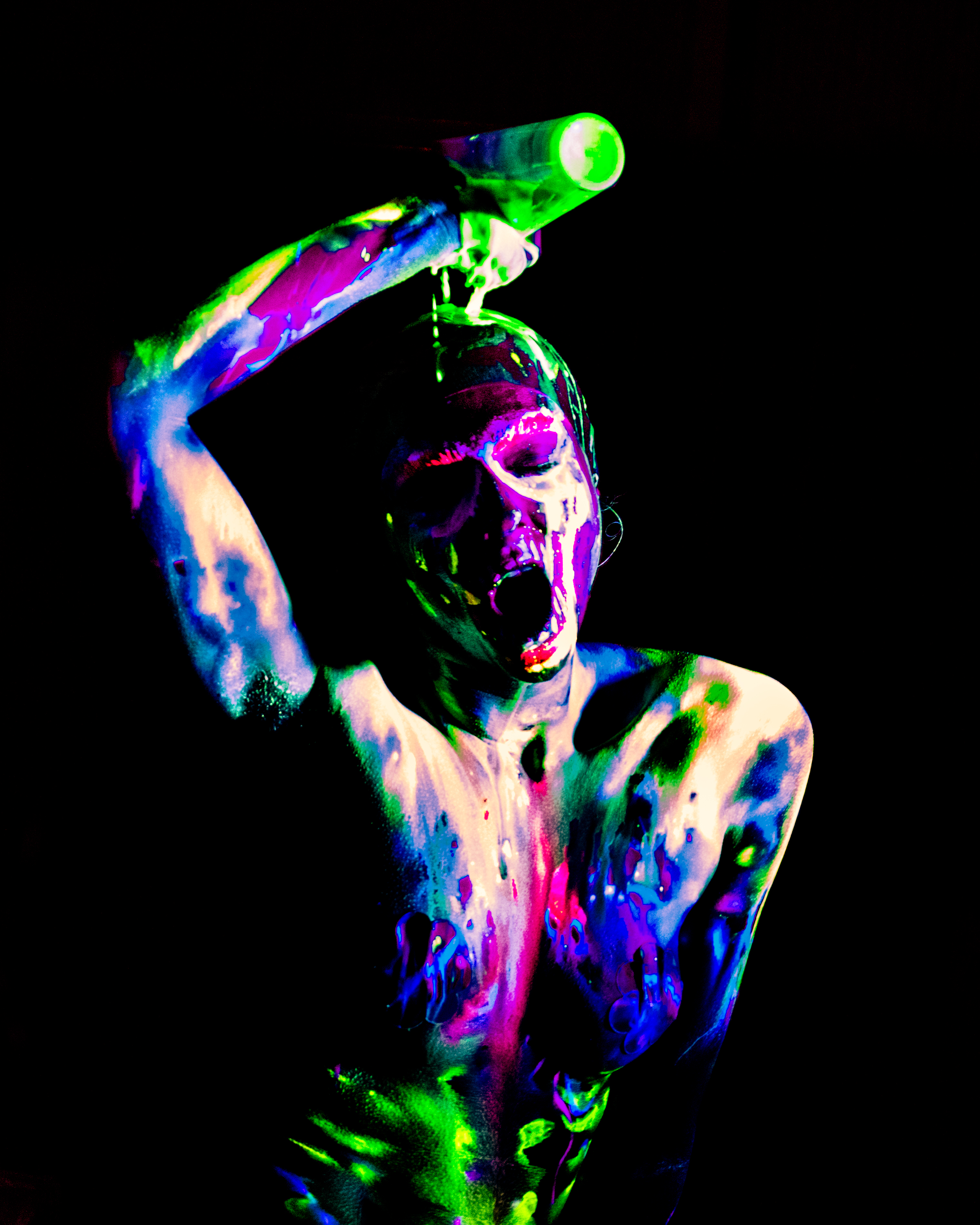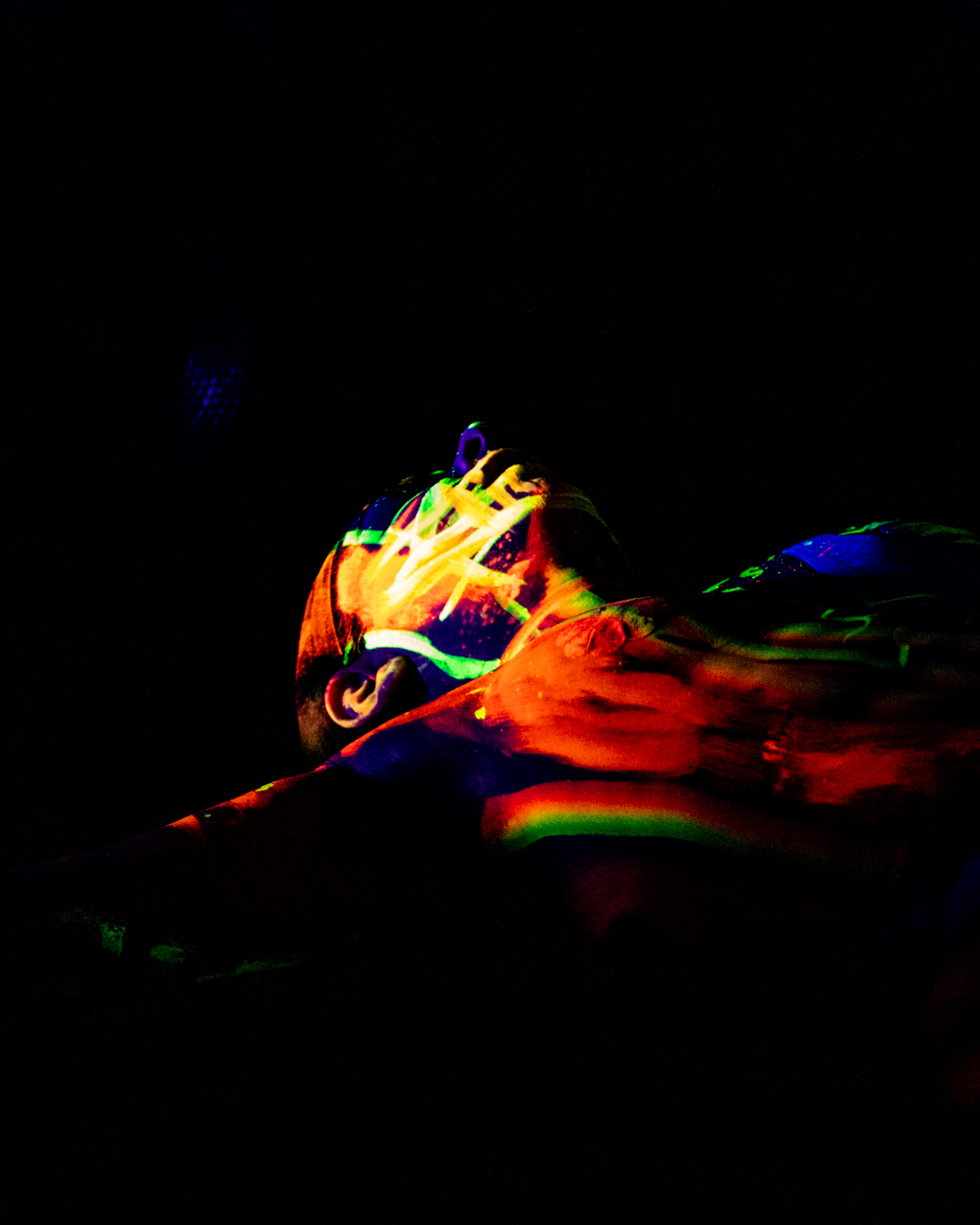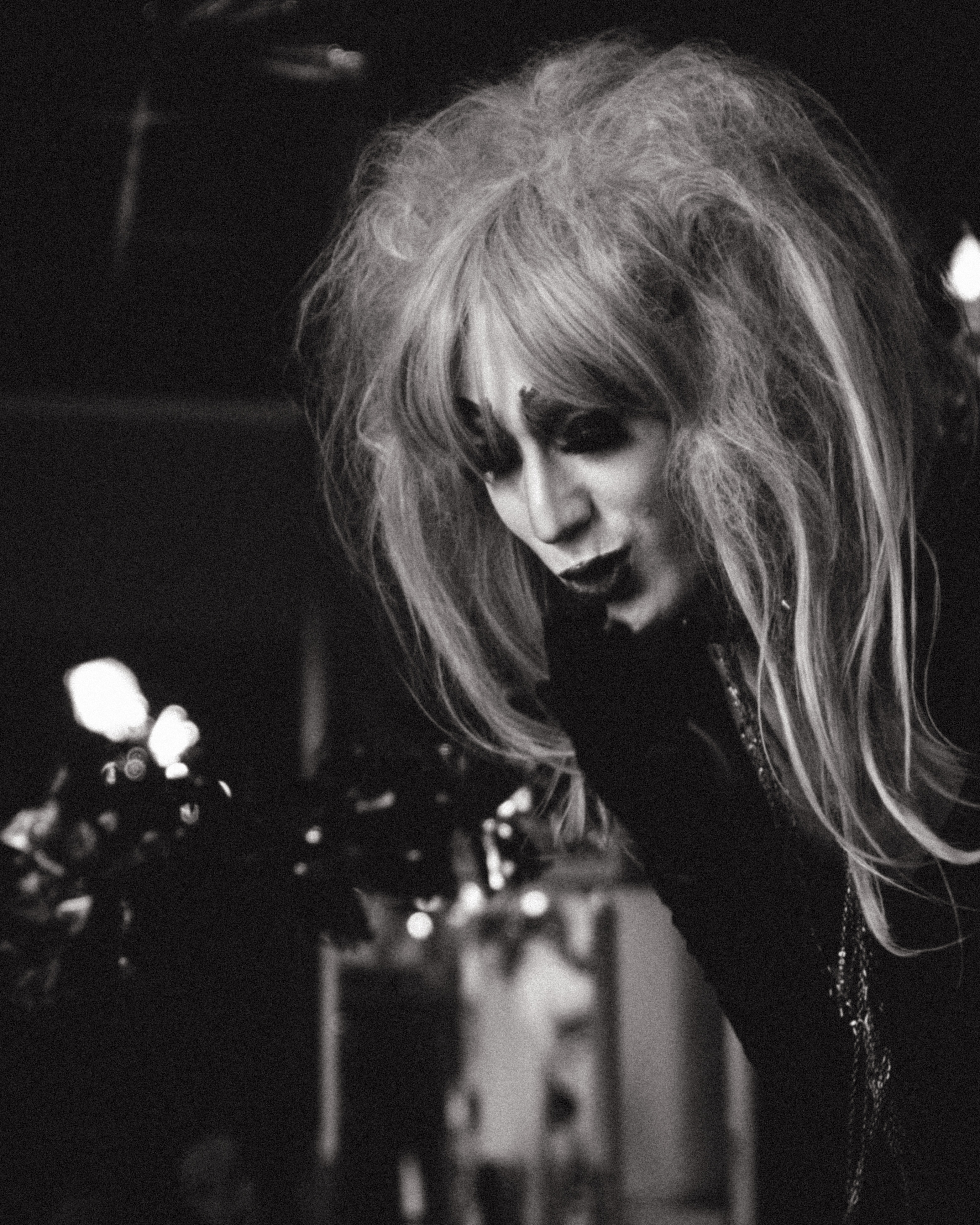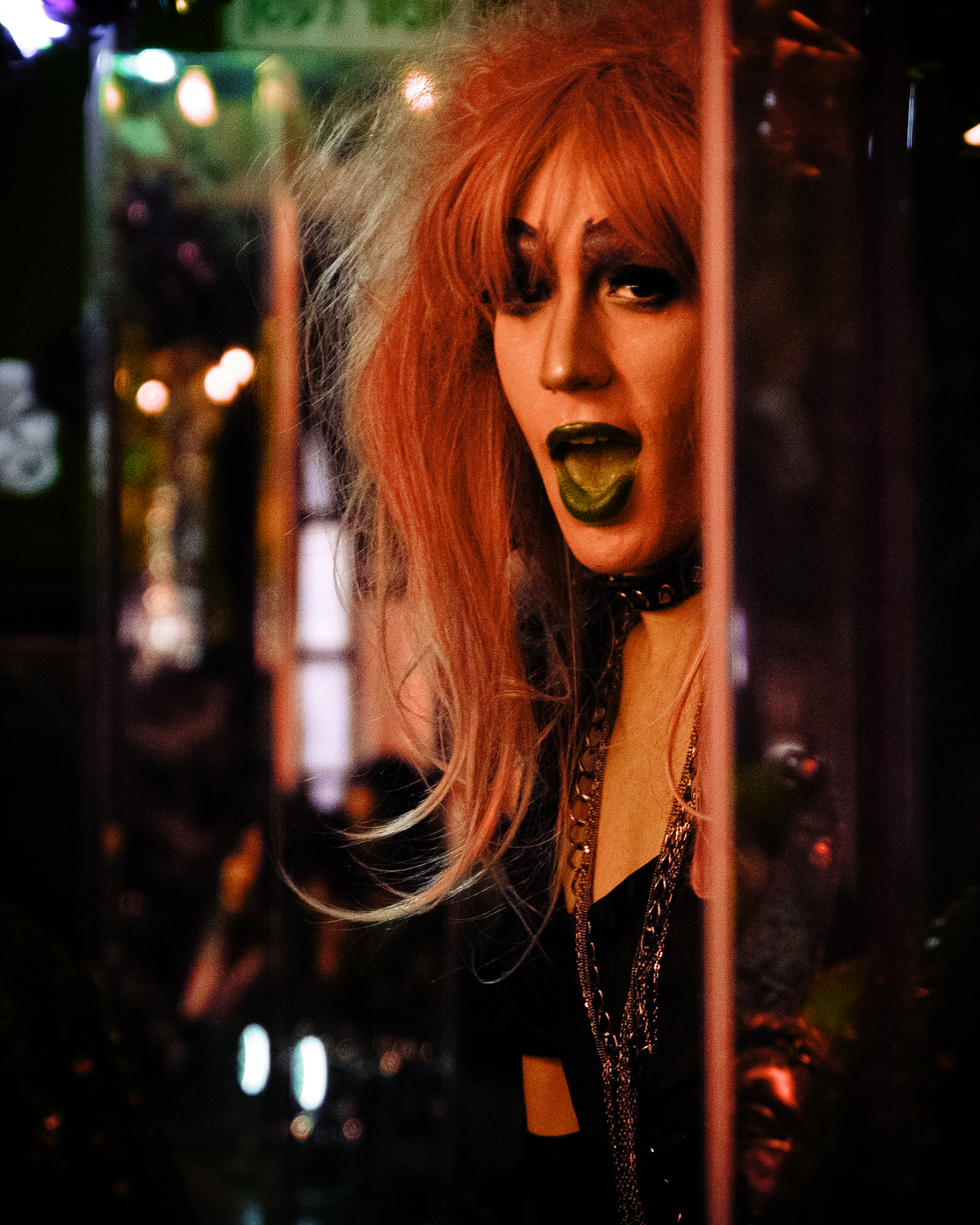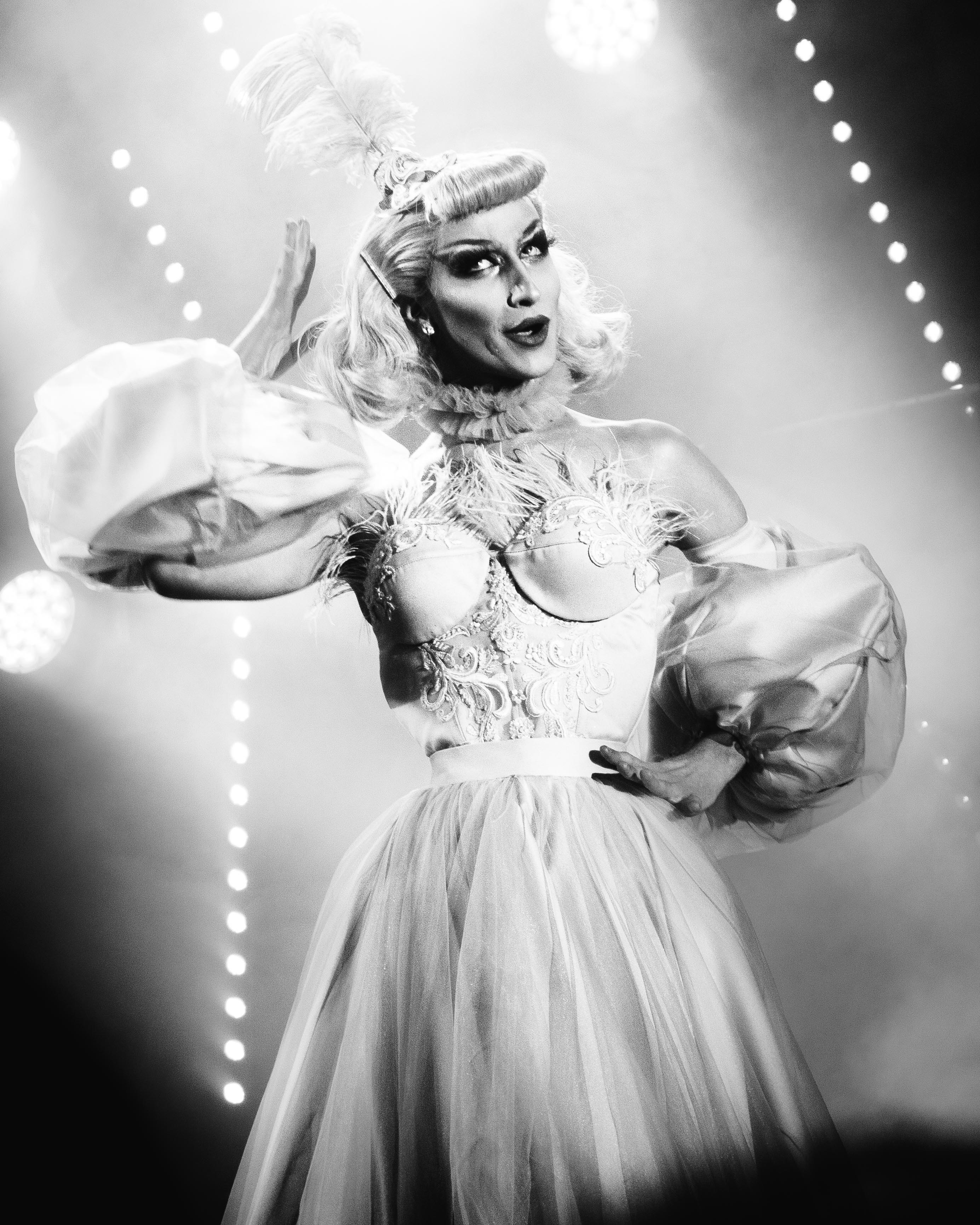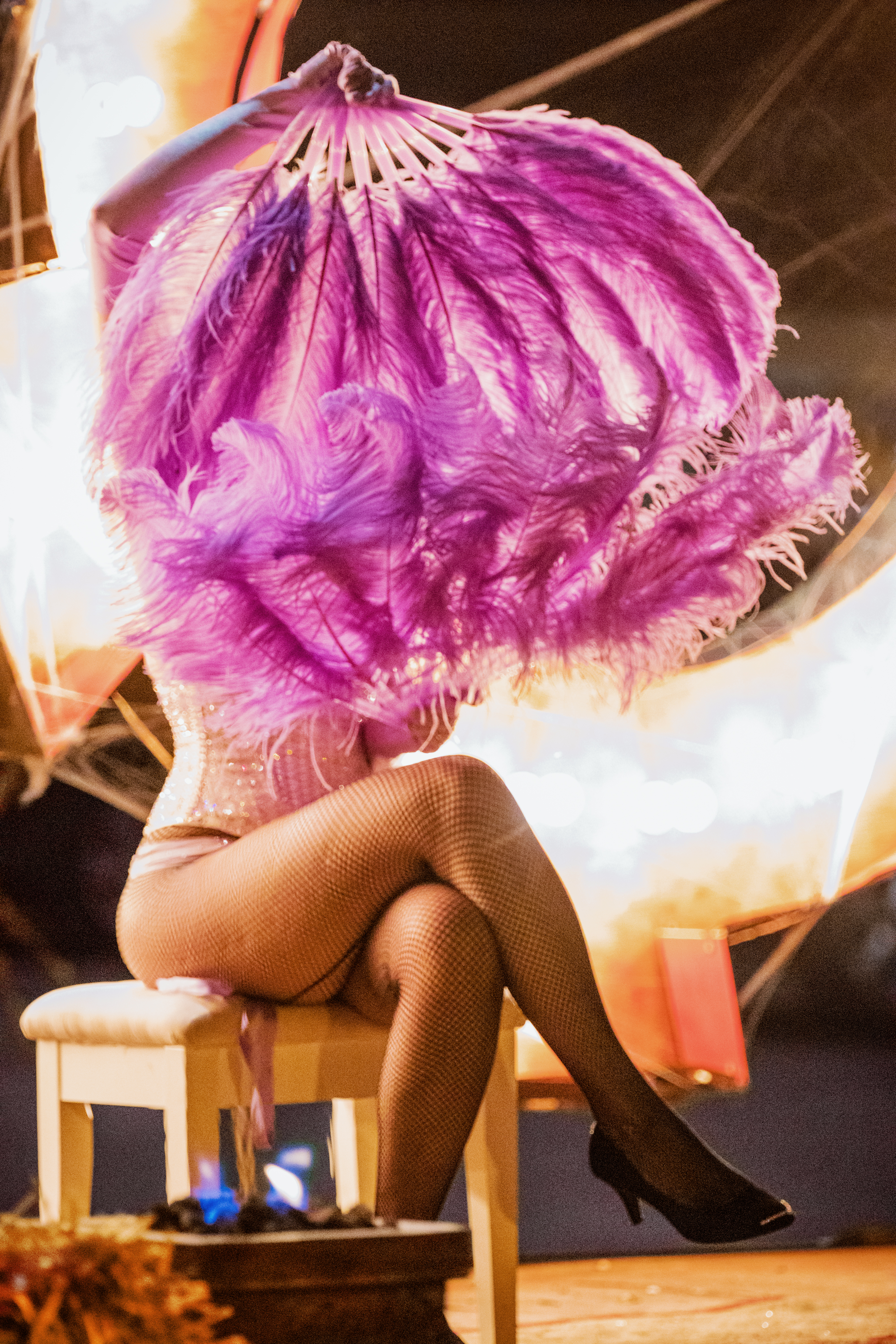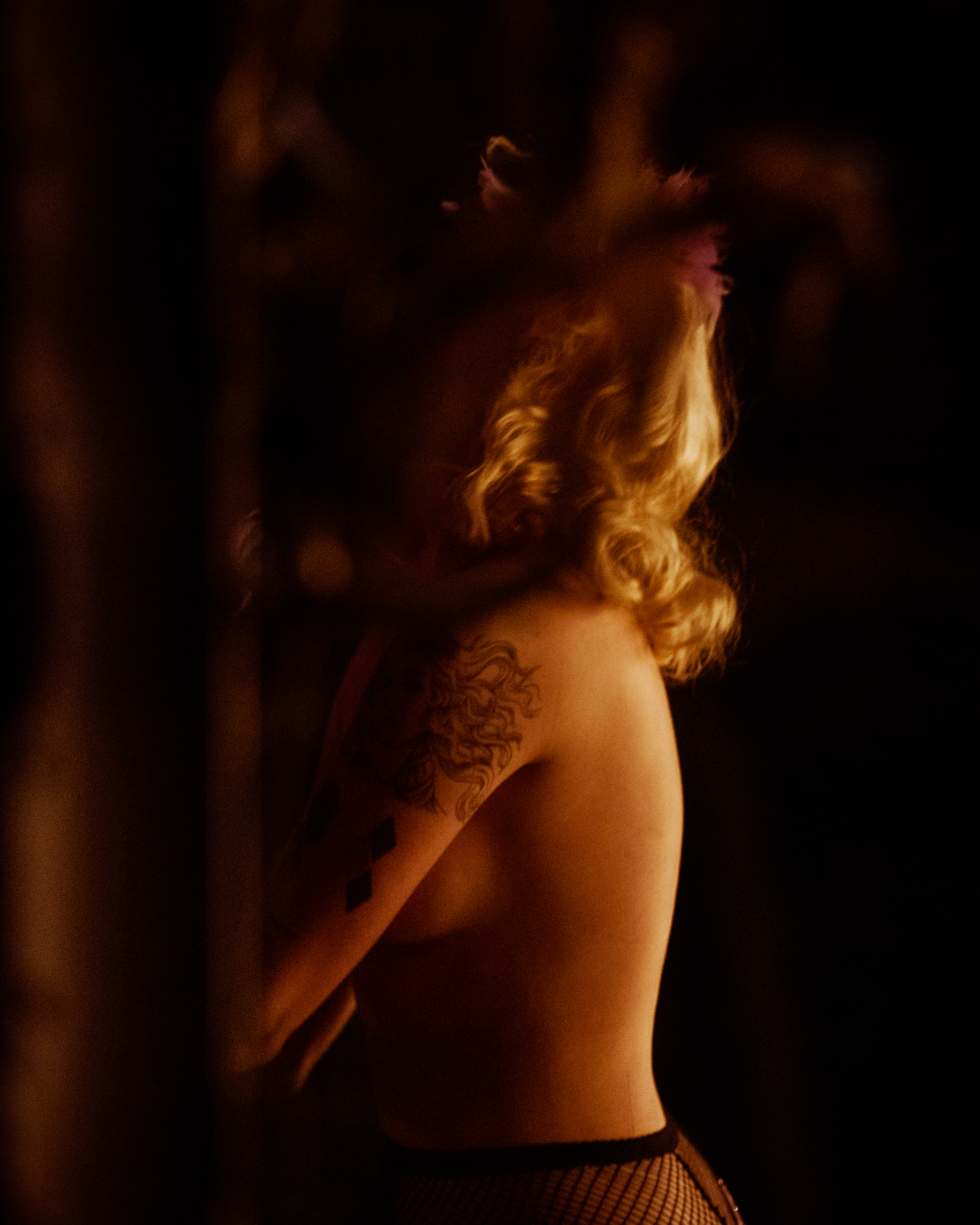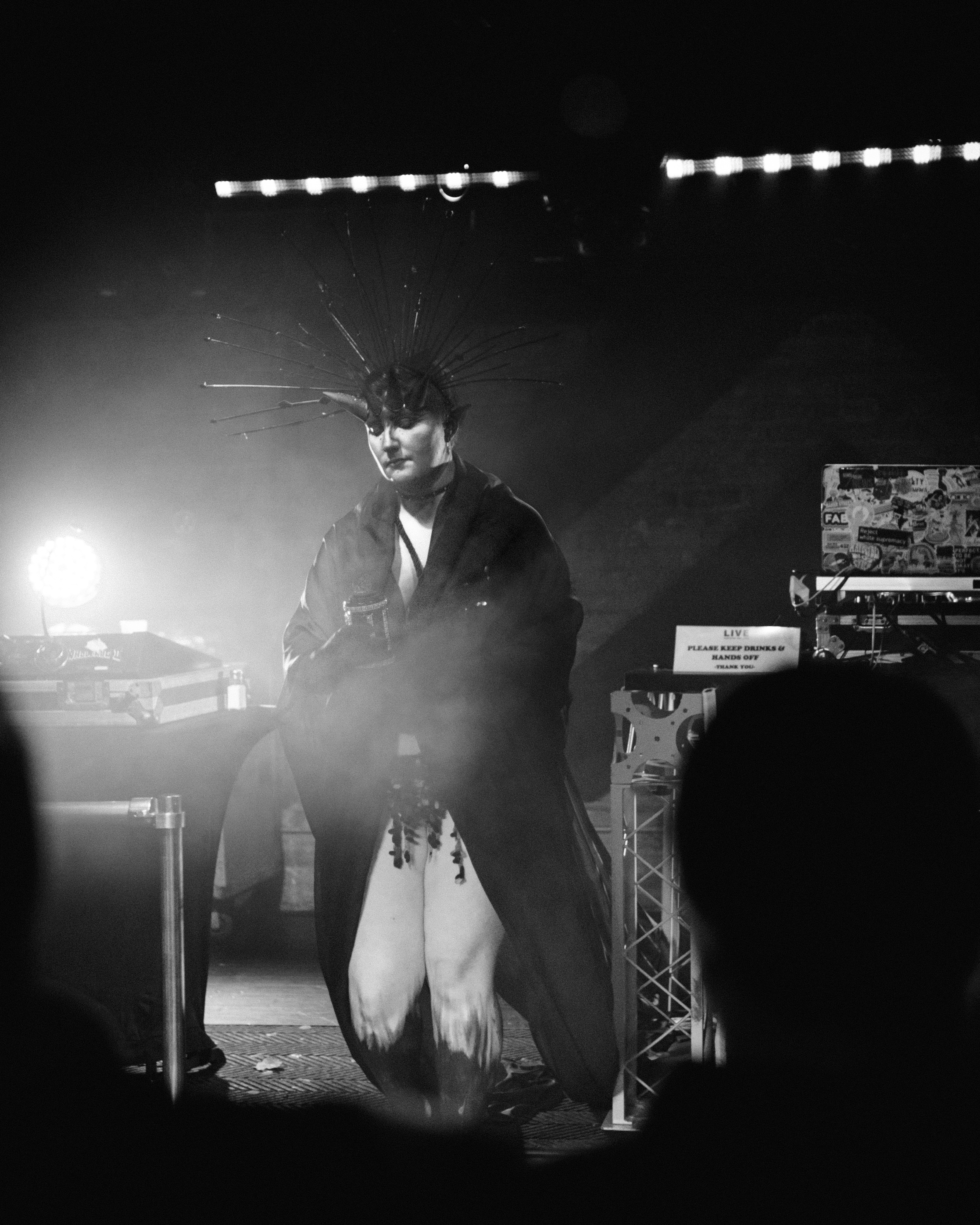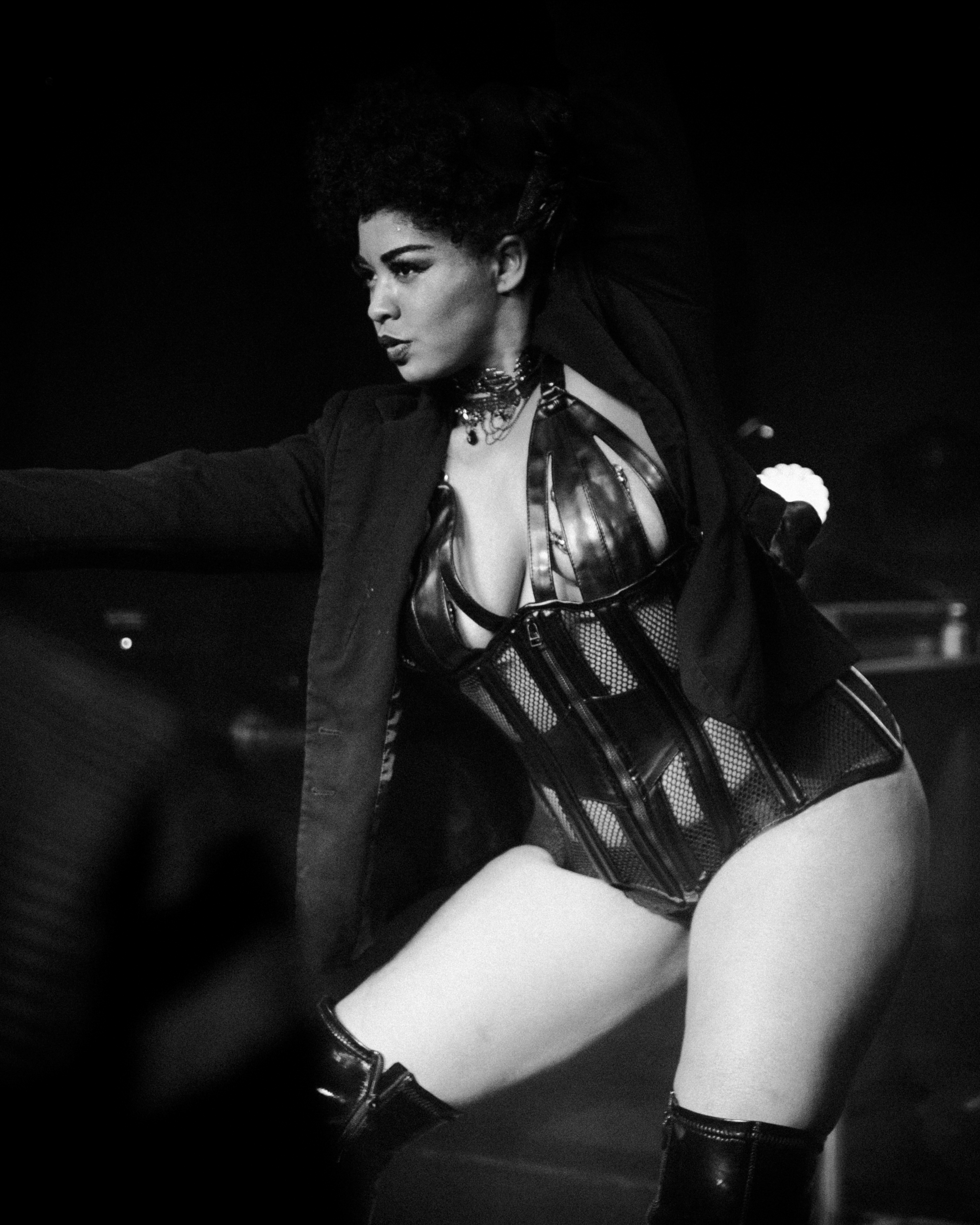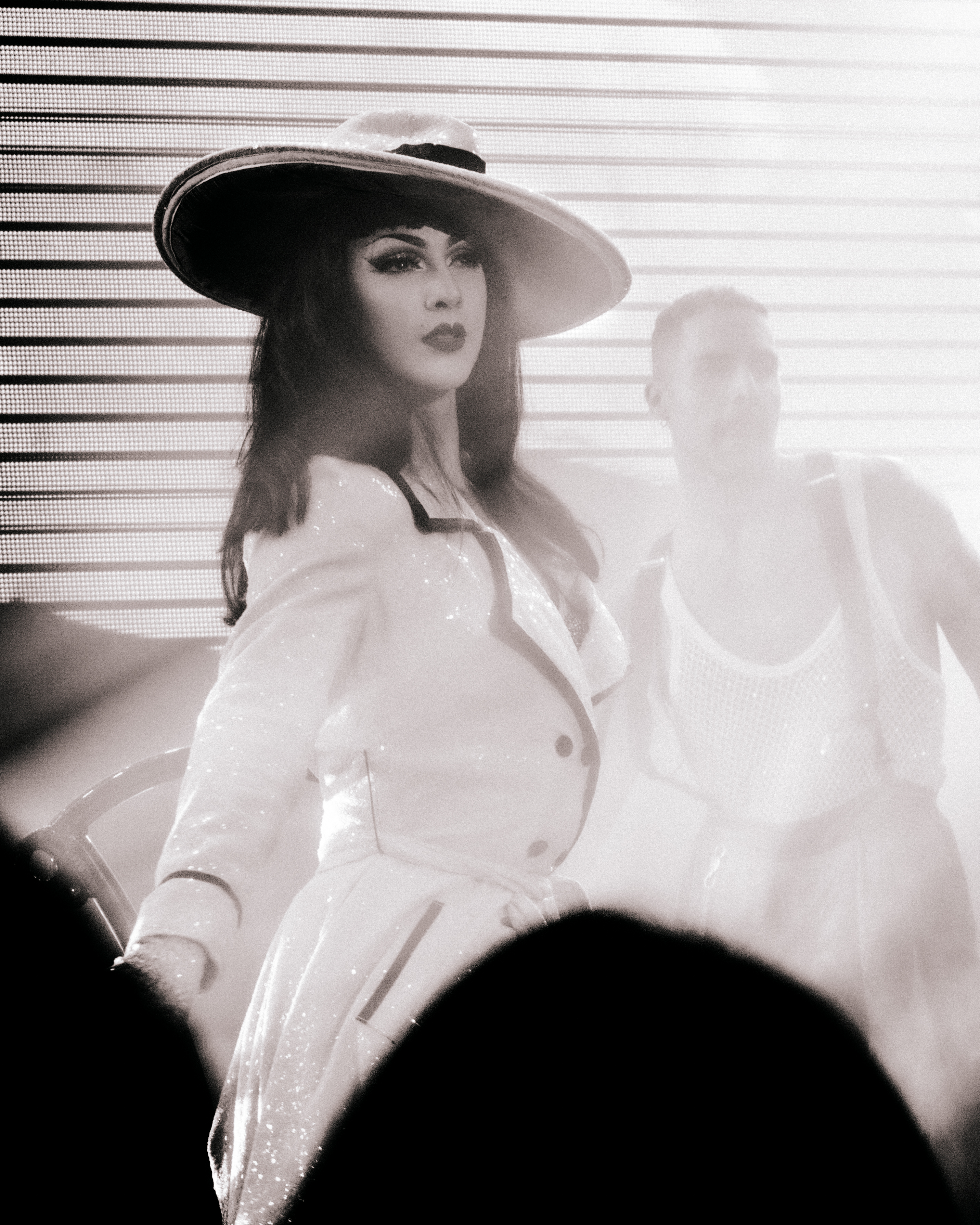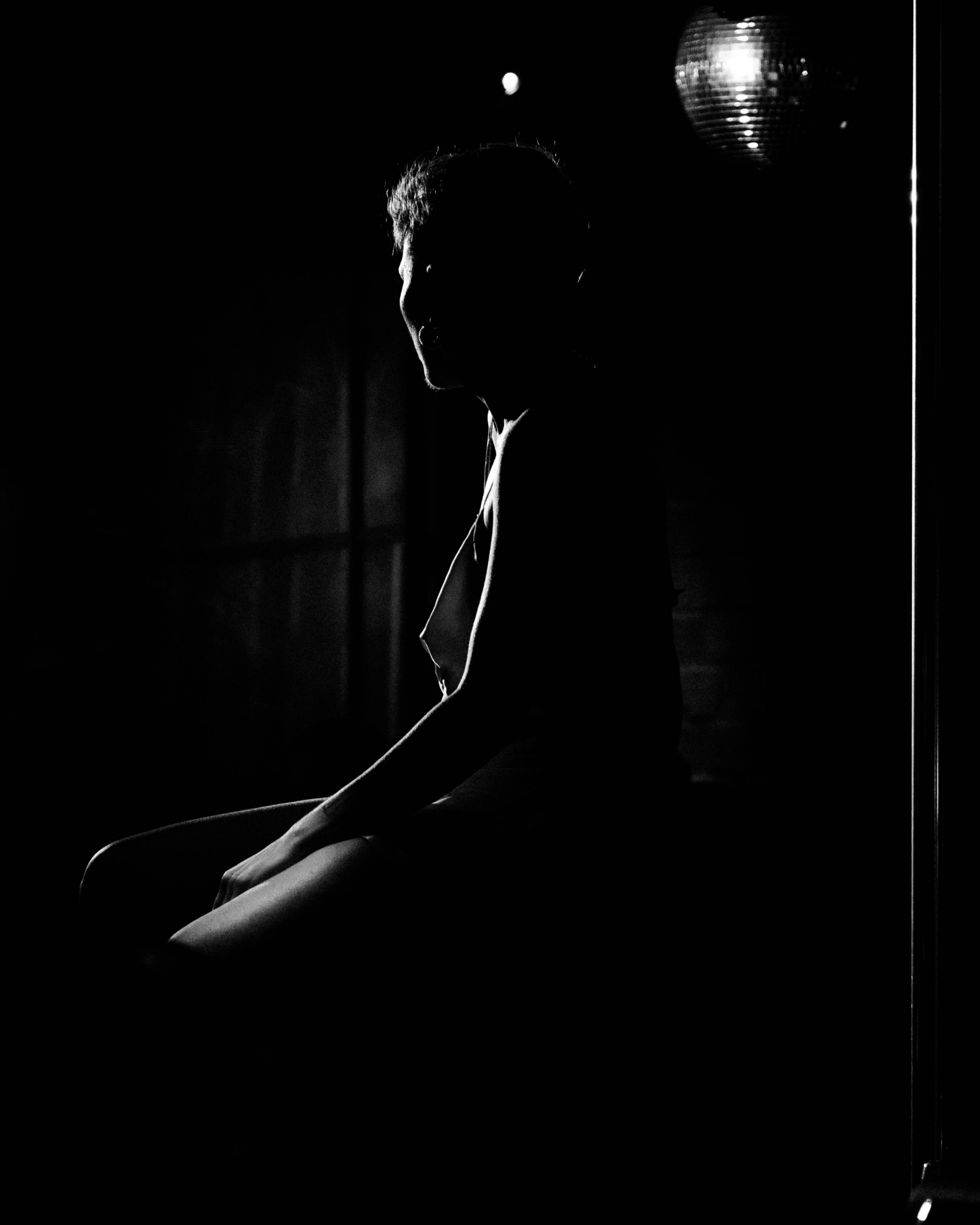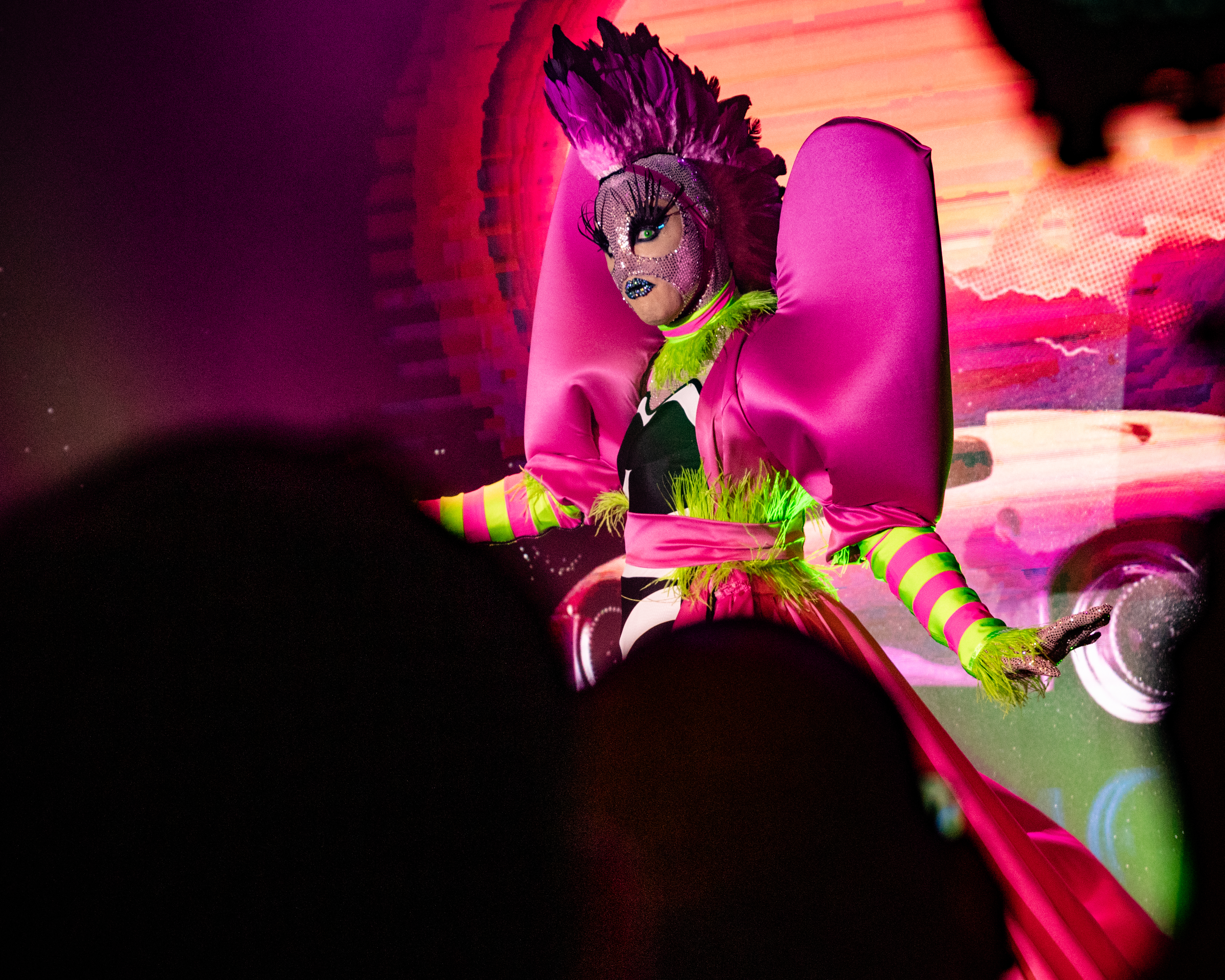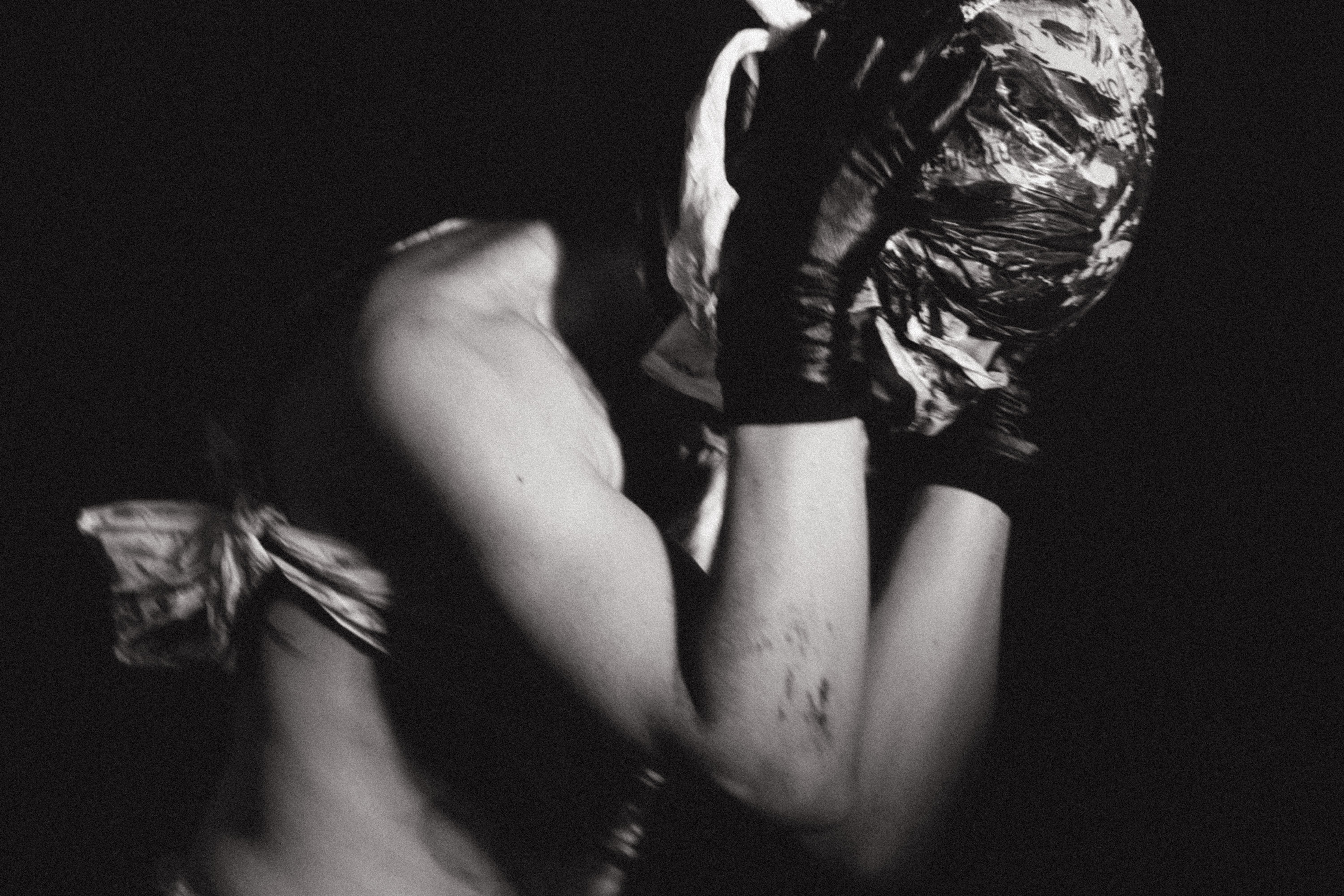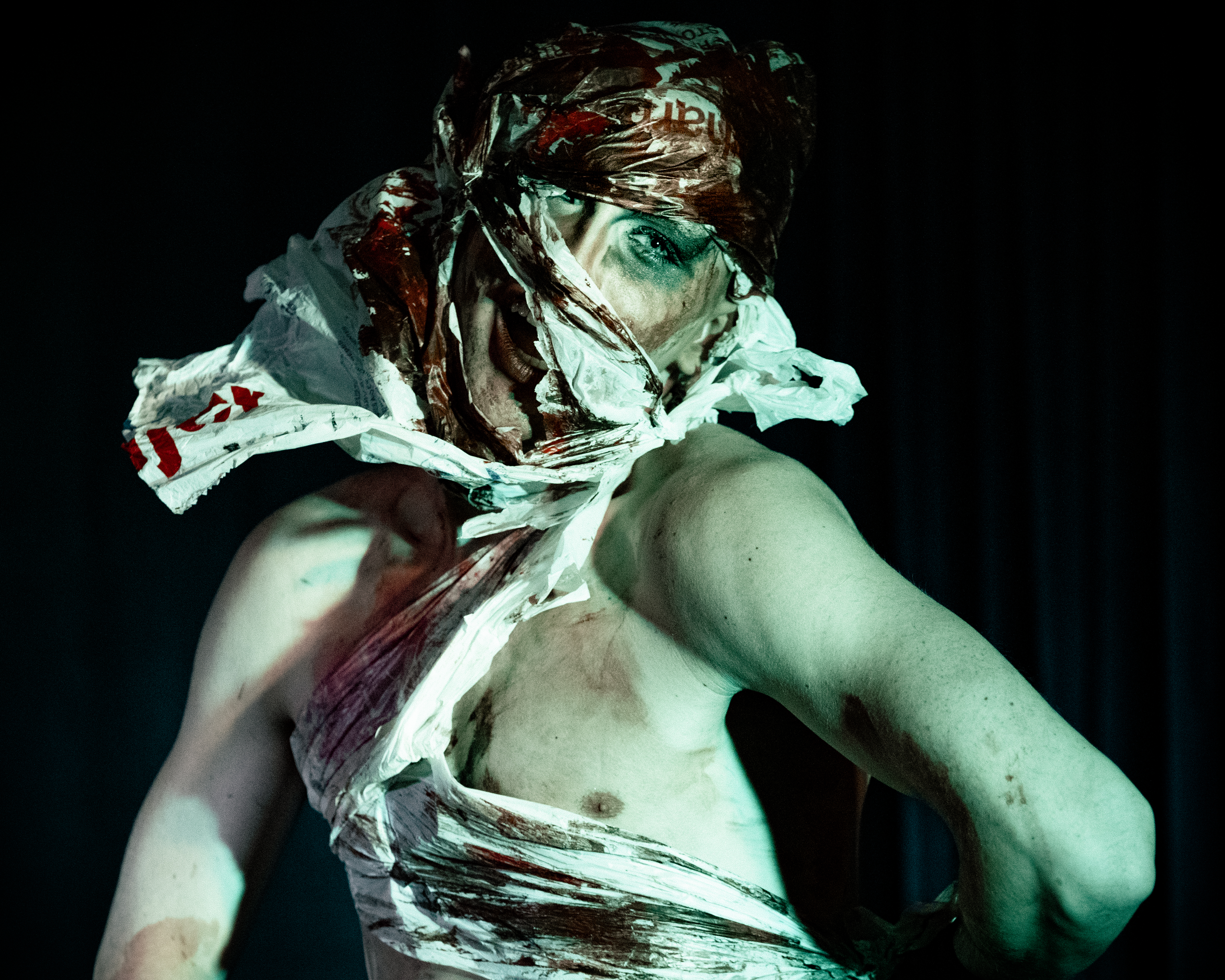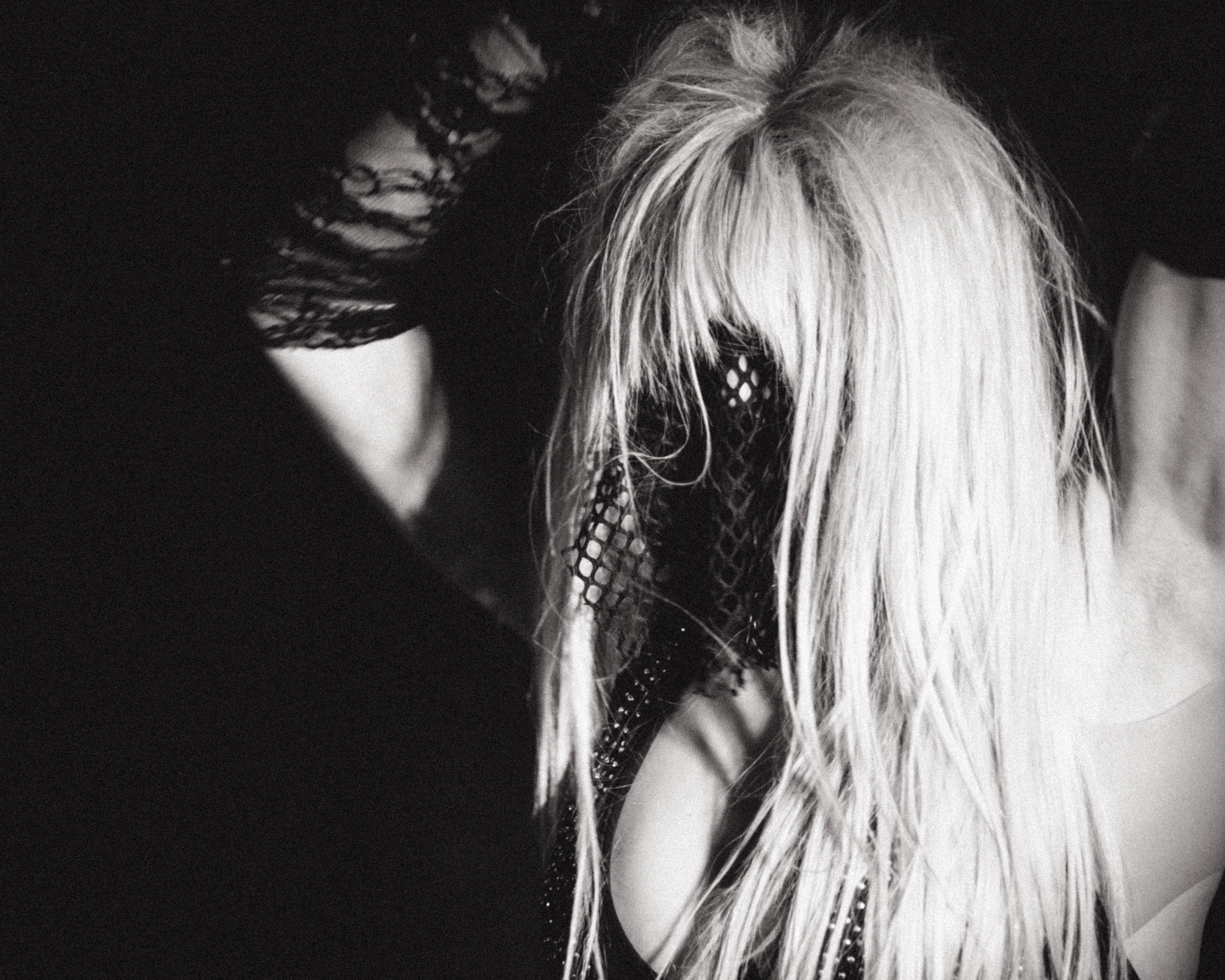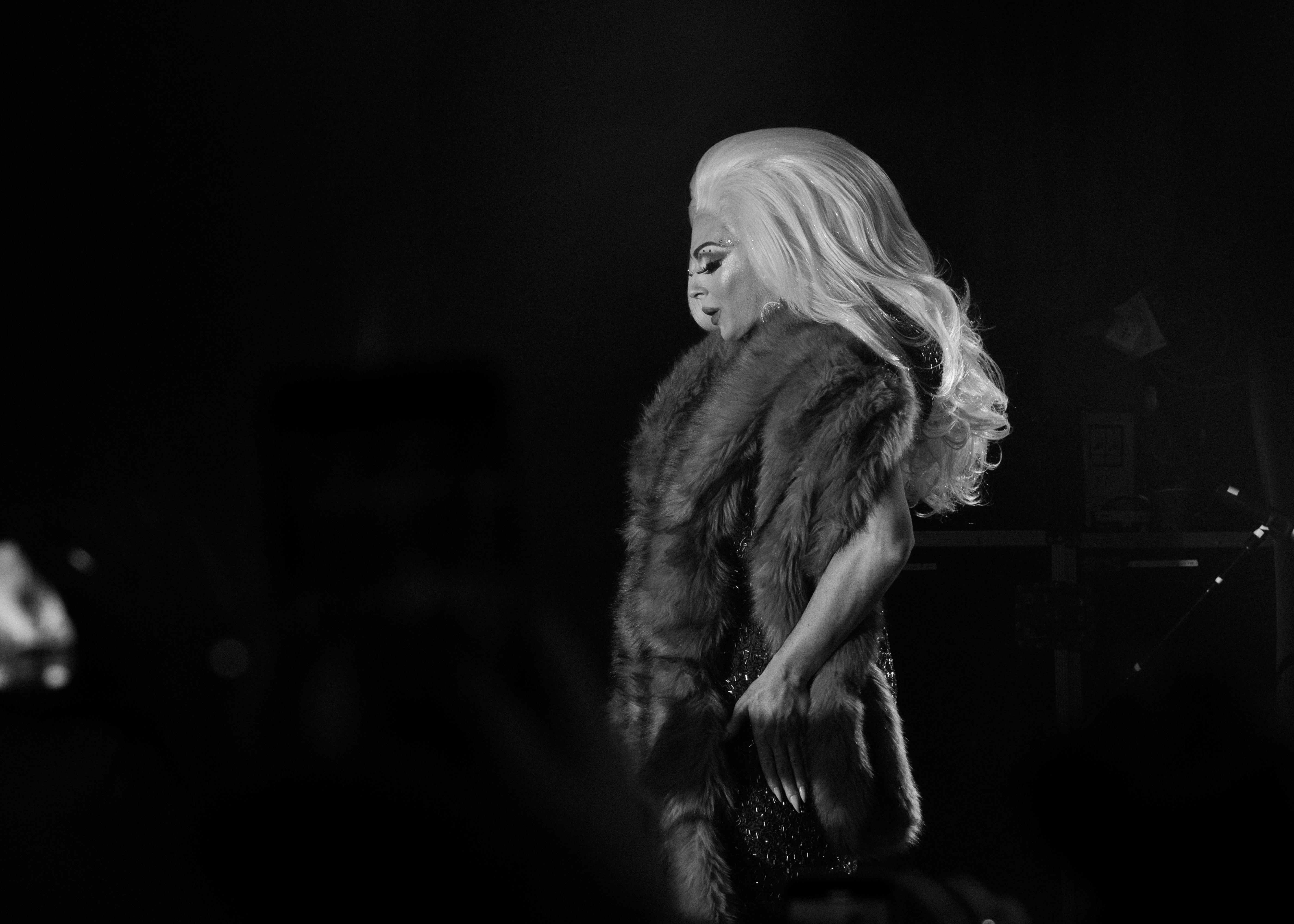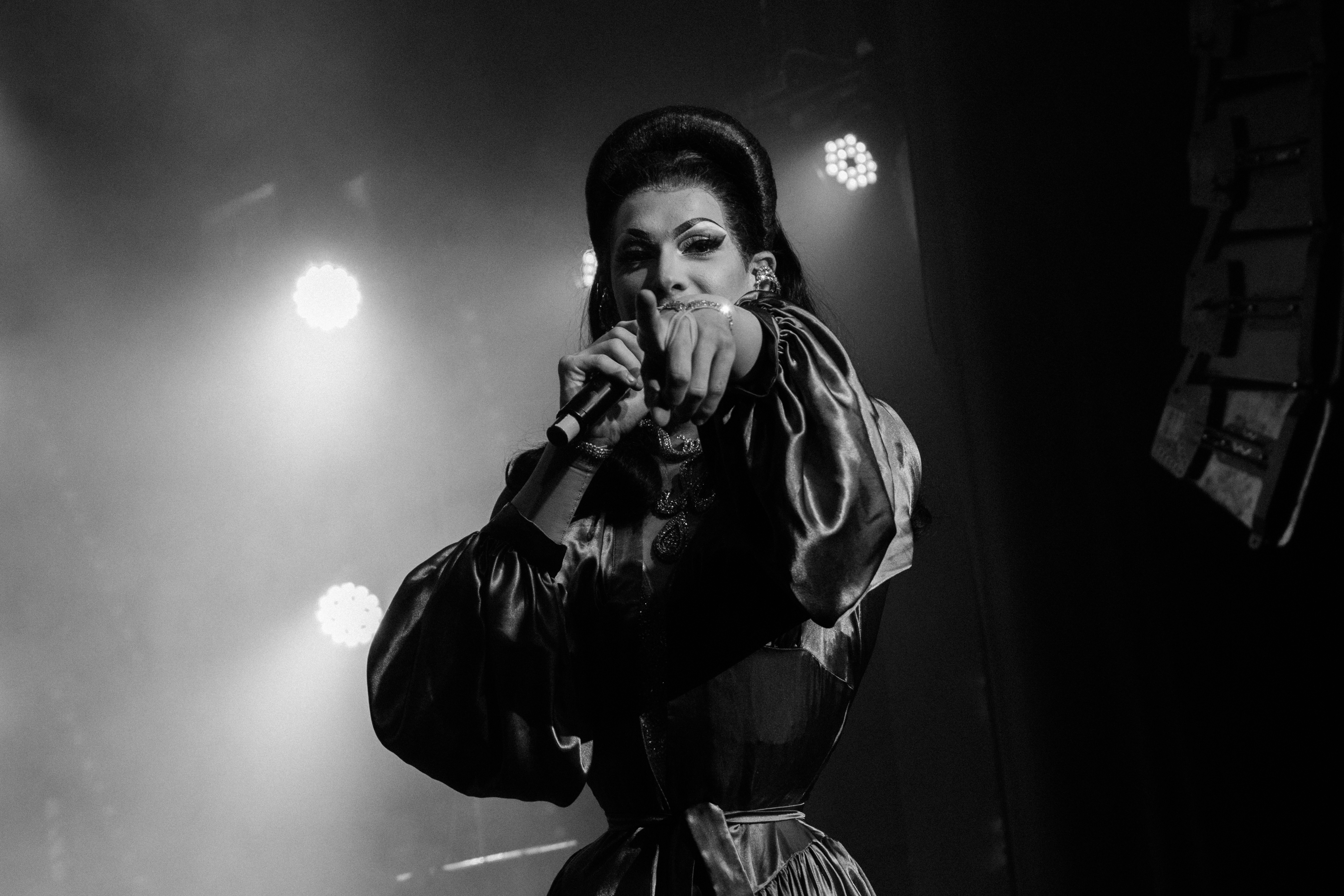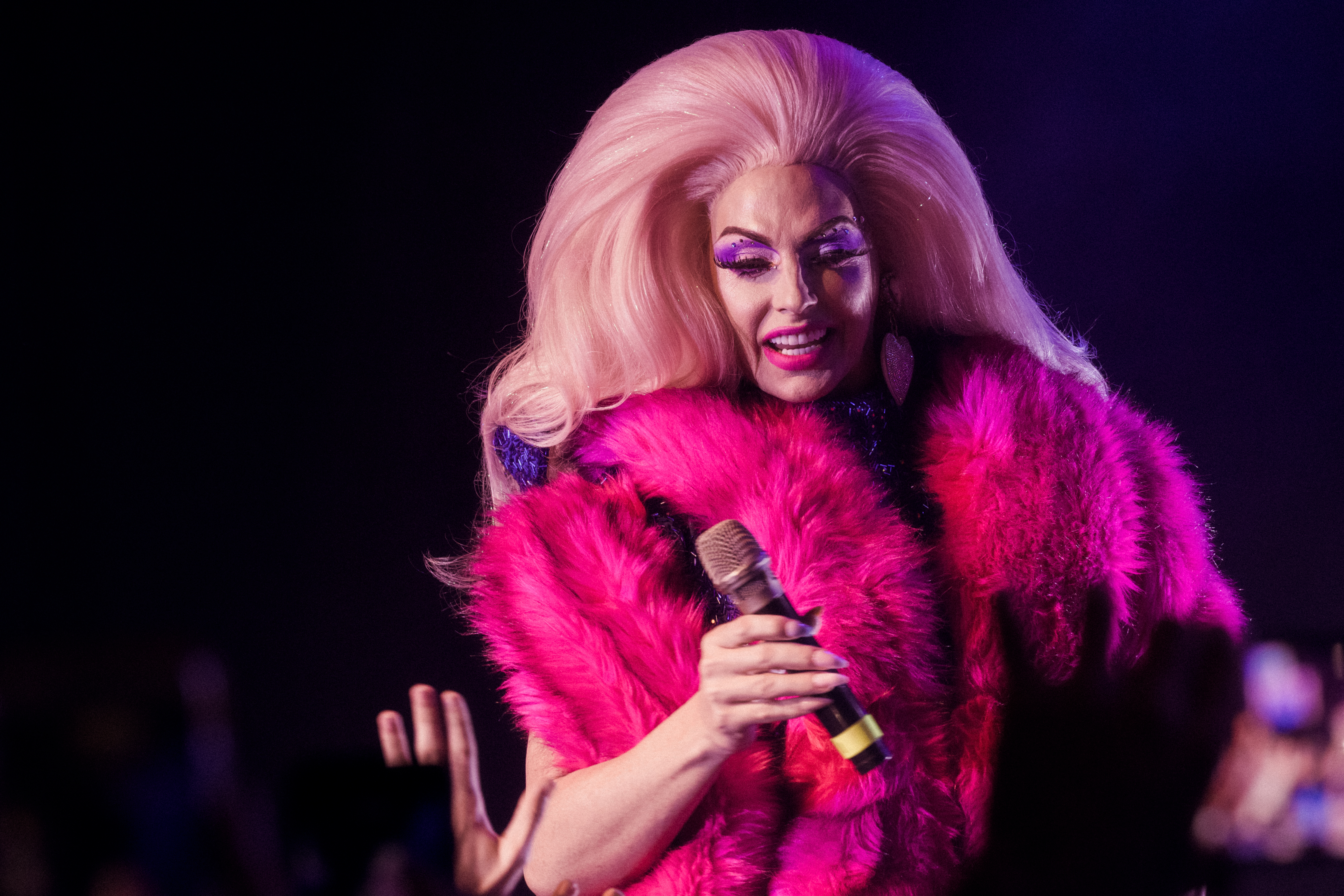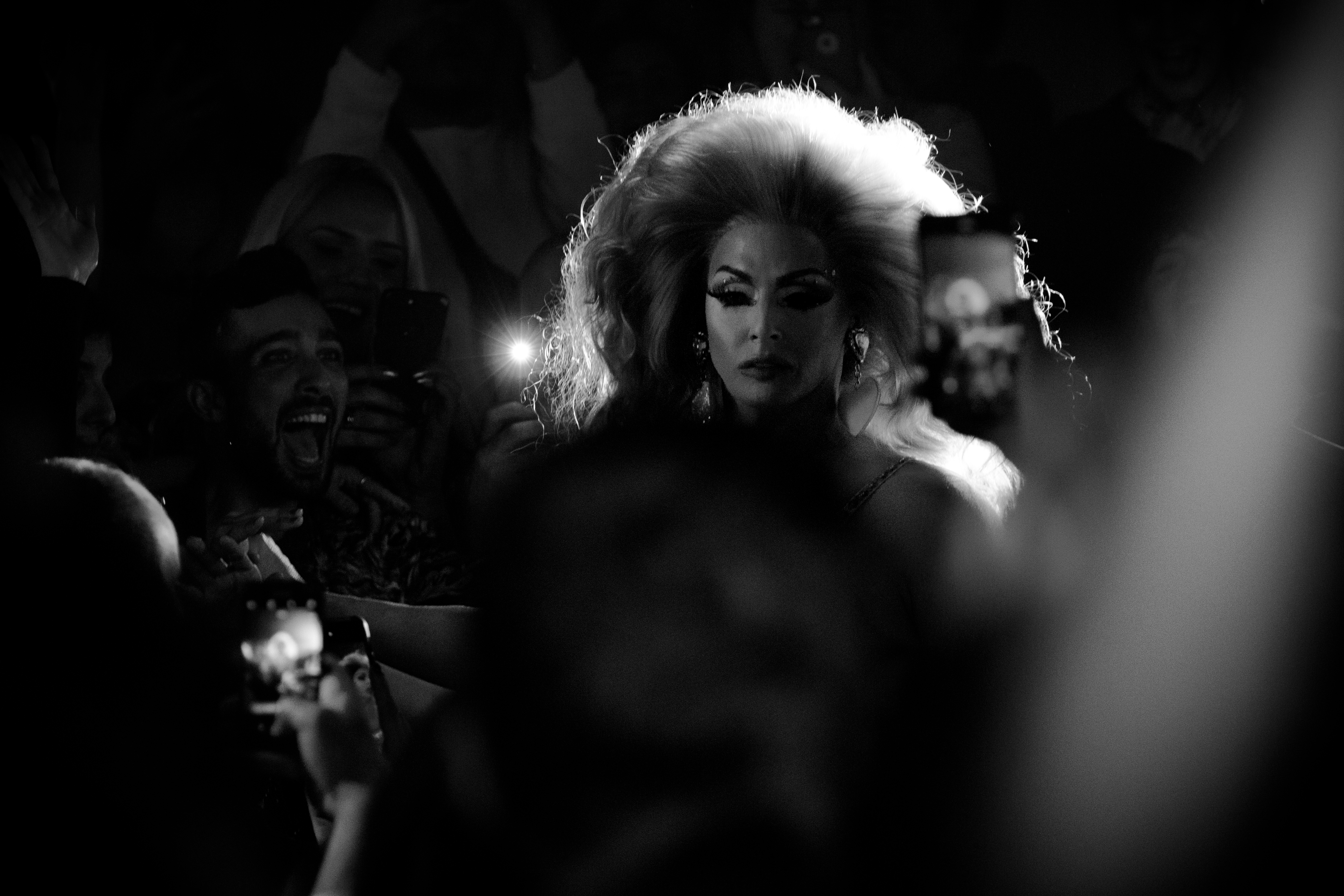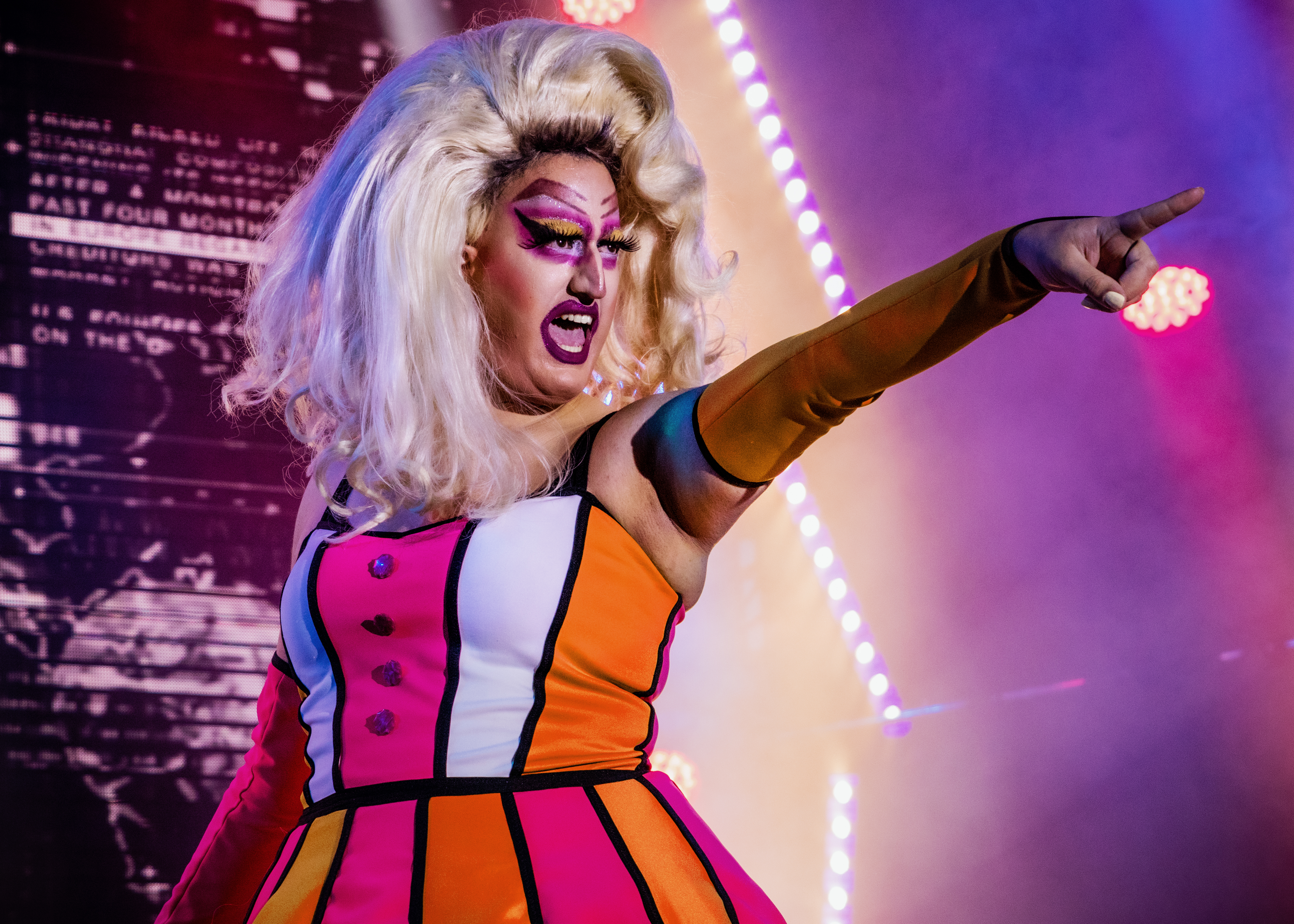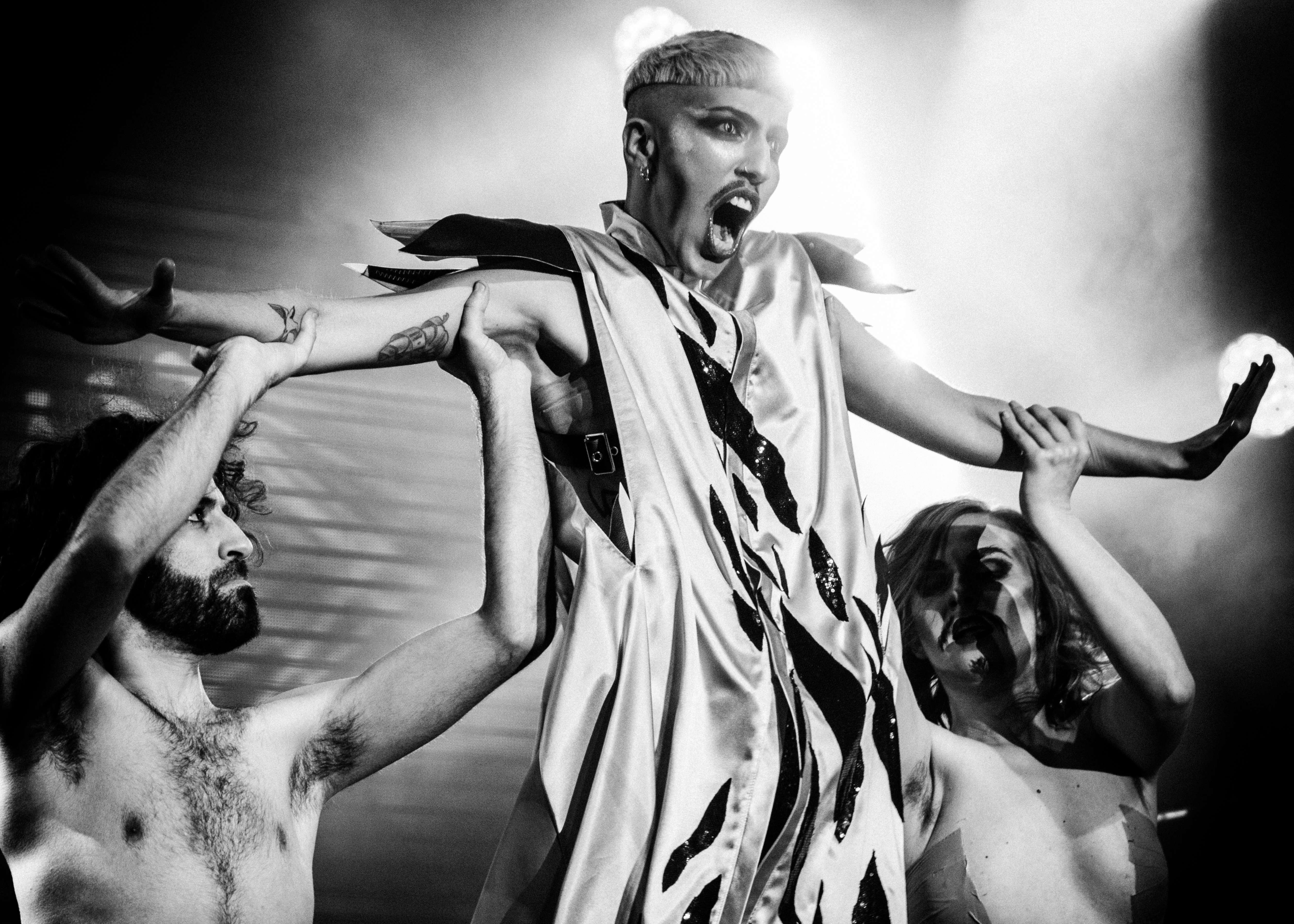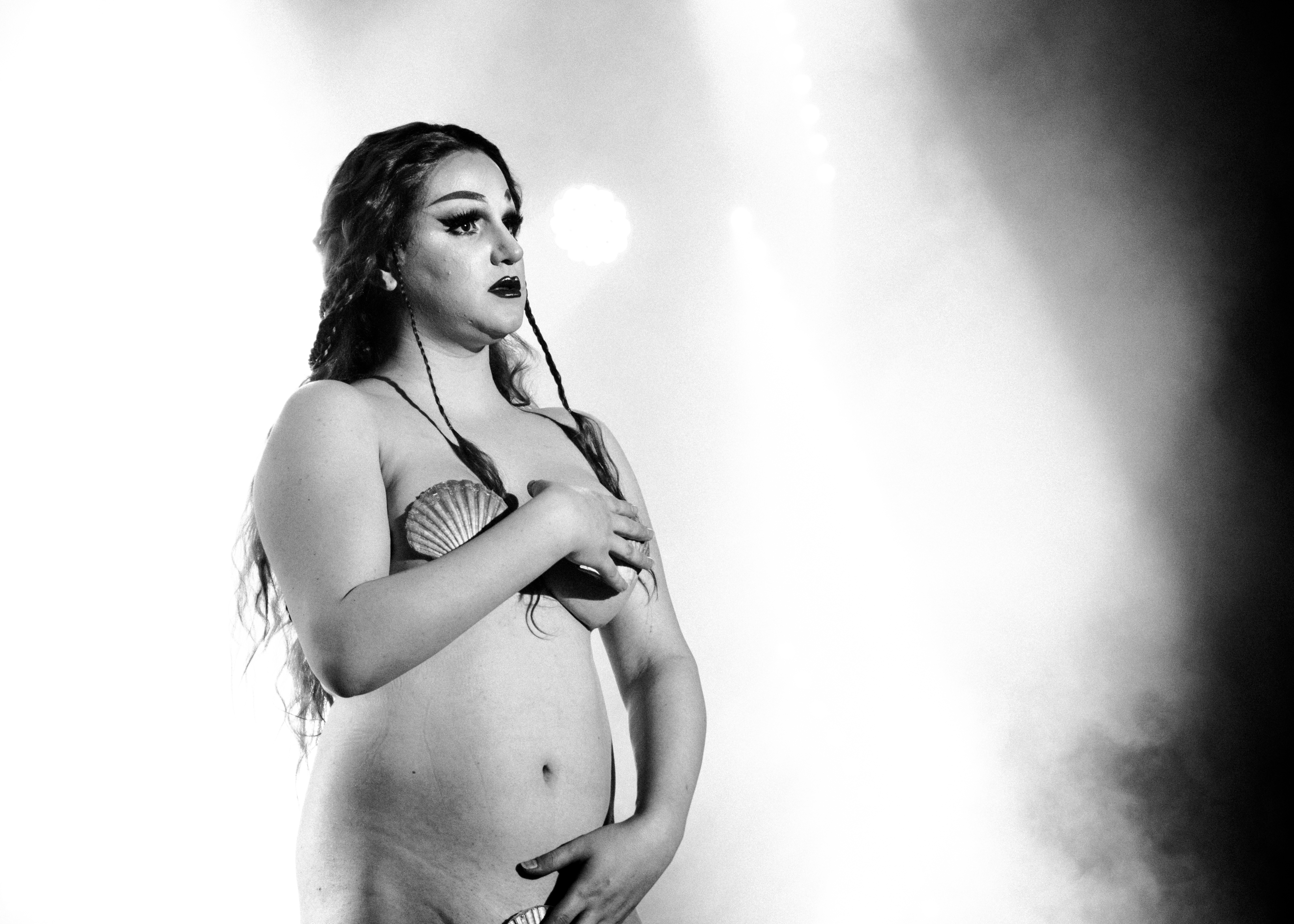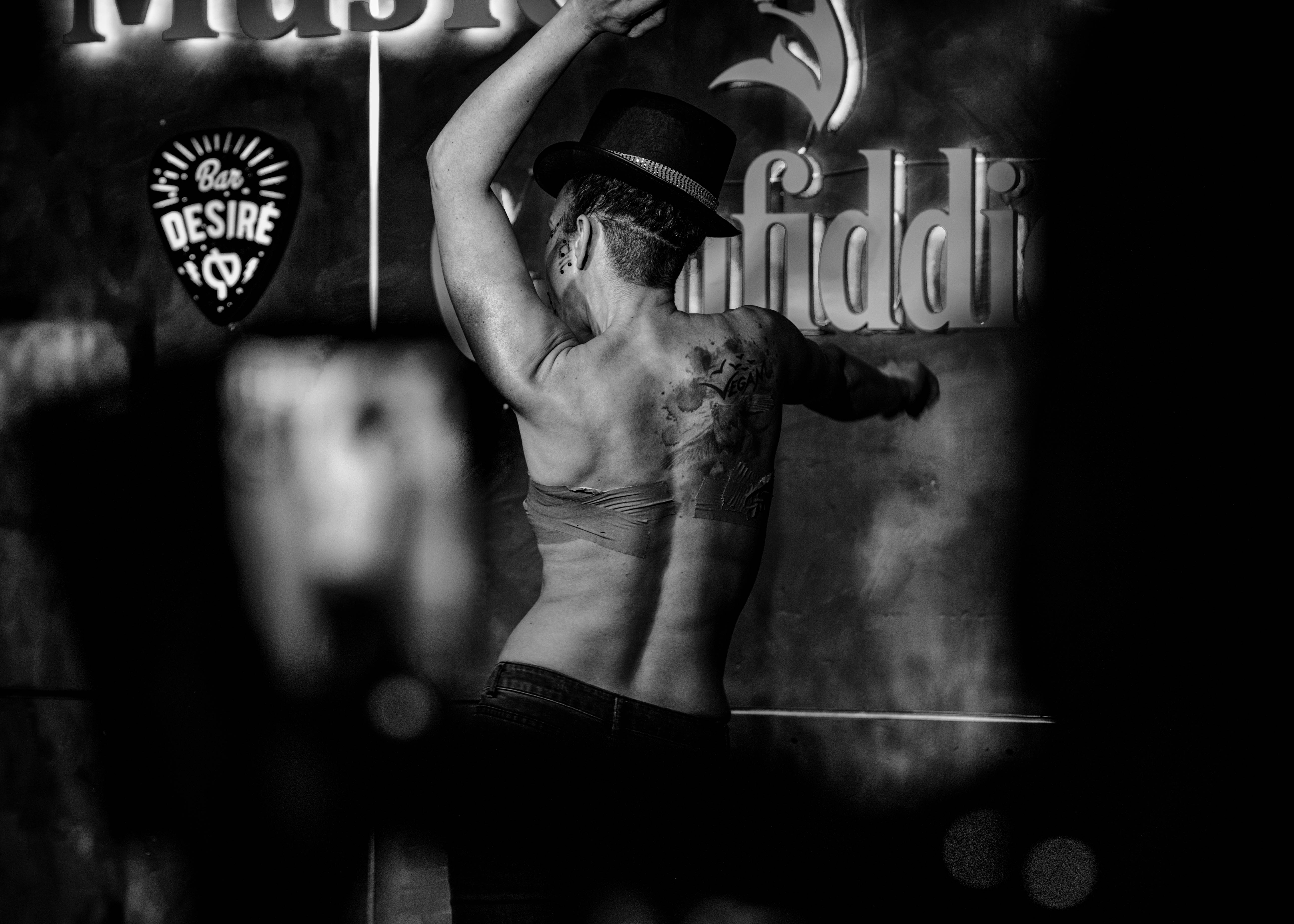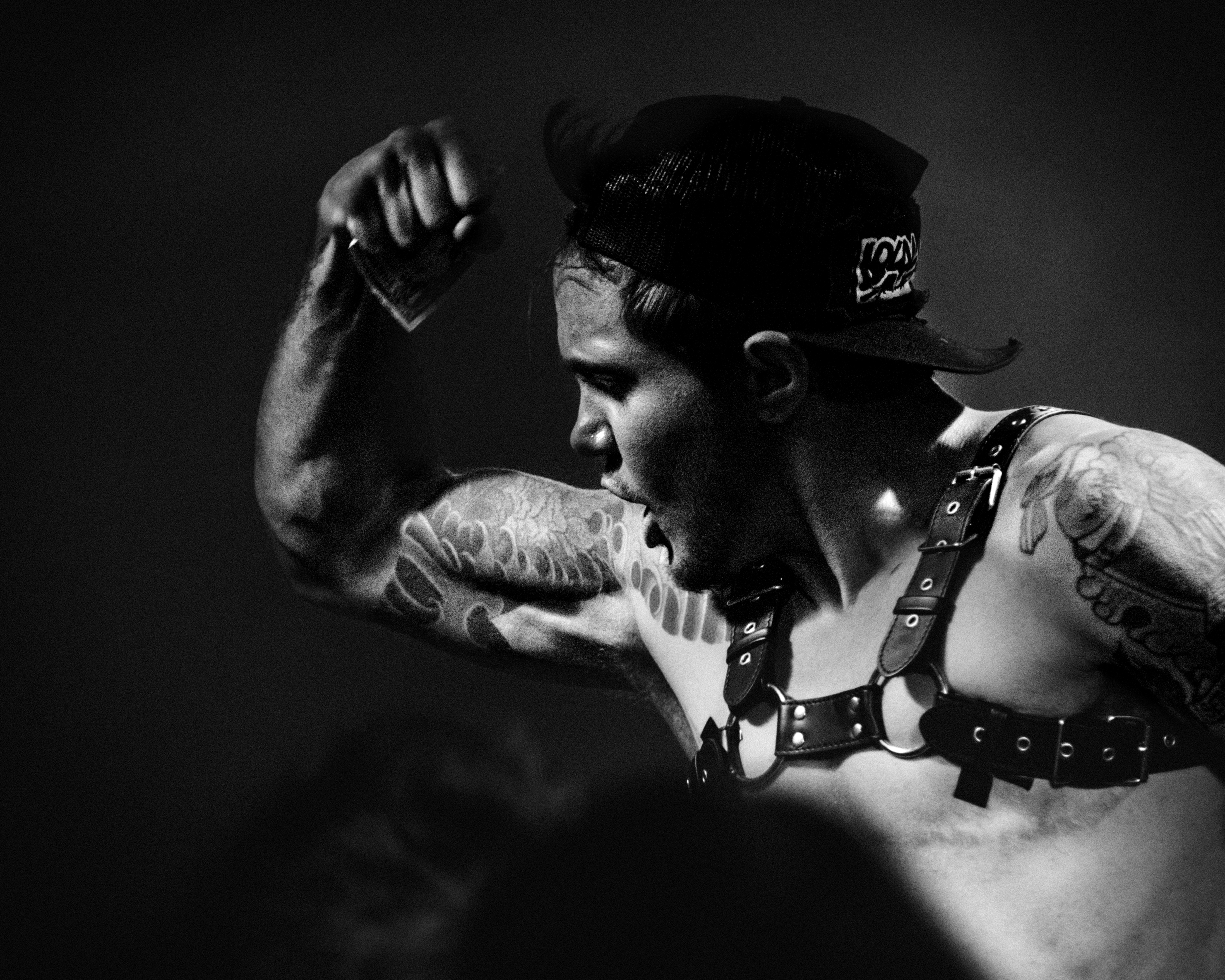On January 3, 2020, I traveled to Tel Aviv, Israel to research drag as a space that can combine queer musical performances with Arab identities. As part of my Ph.D. program in ethnomusicology, I am required to spend extensive time working directly within the communities with which I write. Although I could never write from the perspective of someone who grew up Israeli or Palestinian, I am able to develop important insights to discuss the music that I have fallen in love with through spending time amongst its creators. Fieldwork not only allows “outsiders” to establish a basis for deeper appreciation and facility in intuiting musical creation in certain styles, it also helps to form the personal relationships needed to write with rather than merely about a community. My dissertation examines the complexities that non-binary and trans* identities reveal within a binary society, but I could not have come to this understanding had I not reached out to a Tel Avivi drag queen to ask if I could bring my camera to her upcoming show.
For decades, ethnographers have used photography to aid their fieldwork. Moments in time can be captured and later studied, presented, or even mass produced. Technology has become such that almost everyone with a cellphone can take photos with better image quality than some entry-level cameras from the recent past. Point-and-shoot-and-post photo capture is arguably one of the very few ubiquitous practices out there in the age of social media. One of the beautiful advantages of widespread media is that newcomers have endless resources for learning and growing as artists and consumers. As a student, I have often loathed opening a textbook only to find dry, cold, distant images that convey a lack of empathy, published by anonymous journalists, or conversely, the sensational, high-contrast, highly textured images of a young foreign child, exploited for their visage, so a popular journalist or news outlet rakes in top dollar. I’m reminded now of the photographs of the American Civil Rights Movement that circulate ever so often in the U.S. Our cultural impulse is to understand black and white images as representative of a long-gone era, causing us to feel an unnecessary distance from the subjects—nevertheless, many of these were originally published in color and only later rendered in black and white. Similarly, today we are inundated with colorful, saturated (or even overly desaturated) scenes curated by algorithms to show us the most popular influencers and styles of the day.
Therein lies a problem for the researcher. How must they…how must we not only take, but present photographs of the communities with which we engage? What story are we telling if we publish in black and white? What tale are we spinning if we boost the shadows or bring out the red just a bit? It’s a challenge photographers have faced throughout history that I find frustrating, yet a bit humorous. Today, when consumers find out that a photo is edited, they often believe the documentary photographer is suddenly disingenuous. A long cry from “Photoshopping” a cat’s head onto a human body, every camera, including those in cellphones, has some sort of technology that imposes a certain “filter” of light and color on every image. What you see from your cellphone was edited before it even loaded on your screen. Taking it a step further, the next time you’re on Instagram, think about what you feel when you swipe through filters like “Cairo,” “Paris,” or “Tokyo.” What sort of story are you telling? Or did you think it was just your aesthetic?
In my work with drag performers in Tel Aviv, I found an interesting compromise. I first entered the field in 2017 and have made subsequent trips over the summers, and then again starting this last January, although it was cut short due to the pandemic. I was worried initially that my presence would be disconcerting or an invasion of privacy—drag and burlesque often rely on minimal to no clothing—but I was instead welcomed and asked to take photos. Performers then requested to use these photos in event adverts and on social media to garner more public interaction. Likewise, they encouraged me to post them to my own accounts and tag them as it would only boost their social media reach. Thereafter, I began honing my own style of drag photography informed by local cooperation and technical development. I soon found myself poring over famous photos and questioning not only why, but how they were created. It was as if the camera was my instrument, and I had joined a drag band. Over time, my photography networks grew both in the States and abroad, conversations ensued, and I was asked to begin performing, myself.
In developing my own style of photography, I have actively sought ways to produce material in a queer manner. I see photos as a way to tell stories. In drag, the characters are larger than life and their embodied personas usher in a peculiar dynamism between stage and audience. I see it as my job to capture these moments, coupling the fluidity and organic nature of a live production with the regal elegance of studio portraiture.
In turn, my own performing has been affected. While I’m ridden with anxiety and a beginner in what feels like almost every aspect of performance, I conceive of my drag as resonating with my photography. They are intertwined. When I perform, I step into a crafted world of gender where every bat of an eyelash or flick of the wrist becomes snapshots of the story I’m telling. These experiences then help guide me to robust questions for performers, they direct my thoughts, they orient my body, they draw me nearer to empathy, and fuel compassion. My camera then takes on new meaning. Its presence is shaped by the performers’ desire, the audiences’ fervor, and only limited by my own experience.
My job as a photographer is to capture a beautiful image. My job as a researcher with a camera is to better understand what beautiful means. My job as an ethnographer with photographic data is to determine how to present this queer art beautifully.
(Originally published in the Center for Middle Eastern and North African Studies Fall newsletter. For the full newsletter, click here.)
Richard “Apple” Smith (they/them) is a PhD Candidate in Ethnomusicology at the University of Michigan. More of their photography can be found at www.theorchardway.com.
Photos: Click to enlarge
Recent Posts
SMR to Host Midwest Graduate Music Consortium 2025 Conference – January 13, 2025
SMR Welcome BBQ at County Farm Park – October 01, 2024
Julian Grey defends dissertation – June 05, 2024
Michaela Franzen defends dissertation – May 21, 2024
Kai West defends dissertation – May 16, 2024
Micah Mooney and Carlos Pérez Tabares present at Music Theory Midwest – May 12, 2024
SMR end-of-year round-up at County Farm Park – April 25, 2024
SMR hosts Research Showcase – September 29, 2023
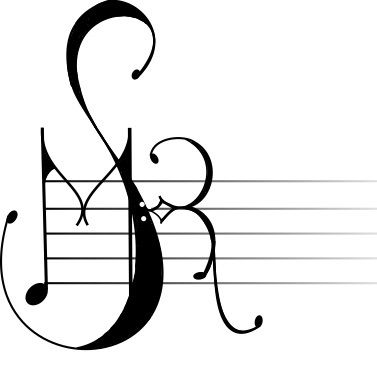 Society for Music Research
Society for Music Research
